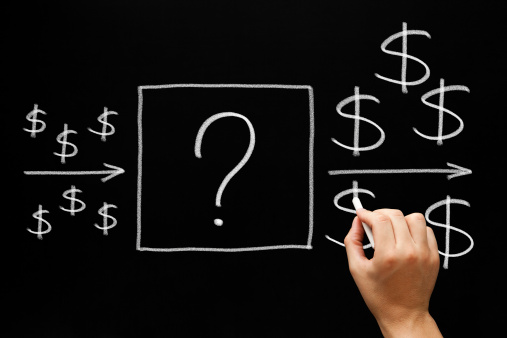We are often asked the question whether it makes more sense to make extra mortgage payments or top of retirement savings when there is extra cash flow. This question is coming up more often these days given the low borrowing rates and recent great returns in the stock market.
Our view is driven by the reality that the more principal you pay now when mortgage rates are low, the stronger a financial position you will be in when mortgage rates do increase. Rates don’t have to increase much to magnify the amount of interest that you pay over the life of the mortgage so the smaller you can get it before that happens, the better.
Making a mortgage prepayment gets you a guaranteed, tax free return that usually exceeds the after tax return of guaranteed investments like GICs.
The exception we make to this general advice is if you have unused RRSP room and are in a high tax bracket. In that scenario, we usually recommend RRSP top up and subsequent allocation of tax savings to the mortgage.
The other caveat is that once the money is paid into the mortgage, you may not be able to borrow it back. So make sure that you have access to emergency cash such as an unused line of credit or TFSA account investments.
Finally, if you have investments in a non-registered account, your TFSAs are maximized and you have a mortgage approaching renewal, you may want to consider using your non-registered funds to pay down the mortgage at renewal and then borrow back the same amount to replace your investments. Doing so can convert the interest paid on that portion of the debt from non-tax deductible to fully tax deductible. There may be costs and capital gains taxes associated with this strategy, so make sure that the future tax savings of the strategy more than compensate for the structuring expenses.
This information is of a general nature and should not be considered professional advice. Its accuracy or completeness is not guaranteed and Queensbury Strategies Inc. assumes no responsibility or liability.

